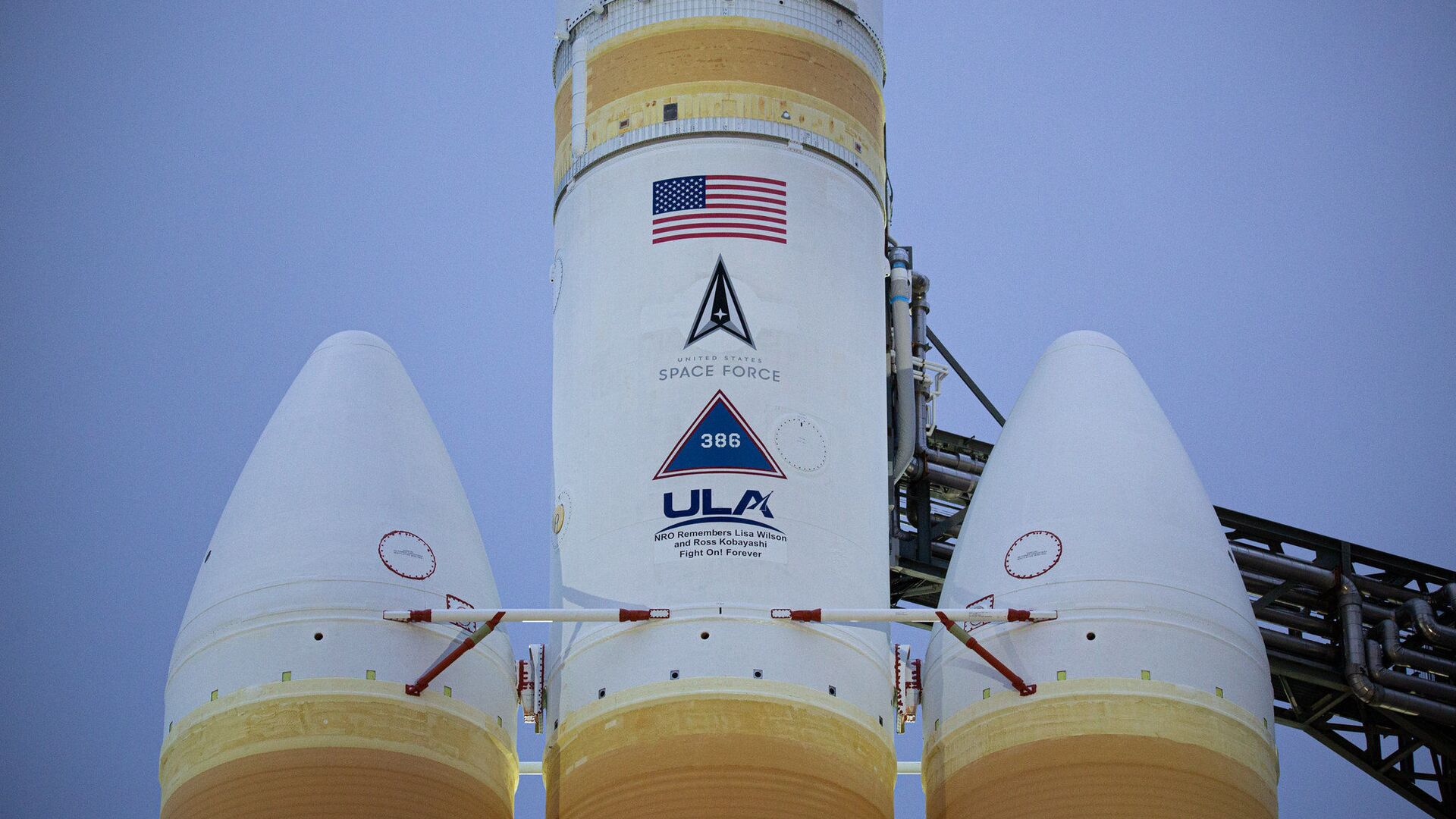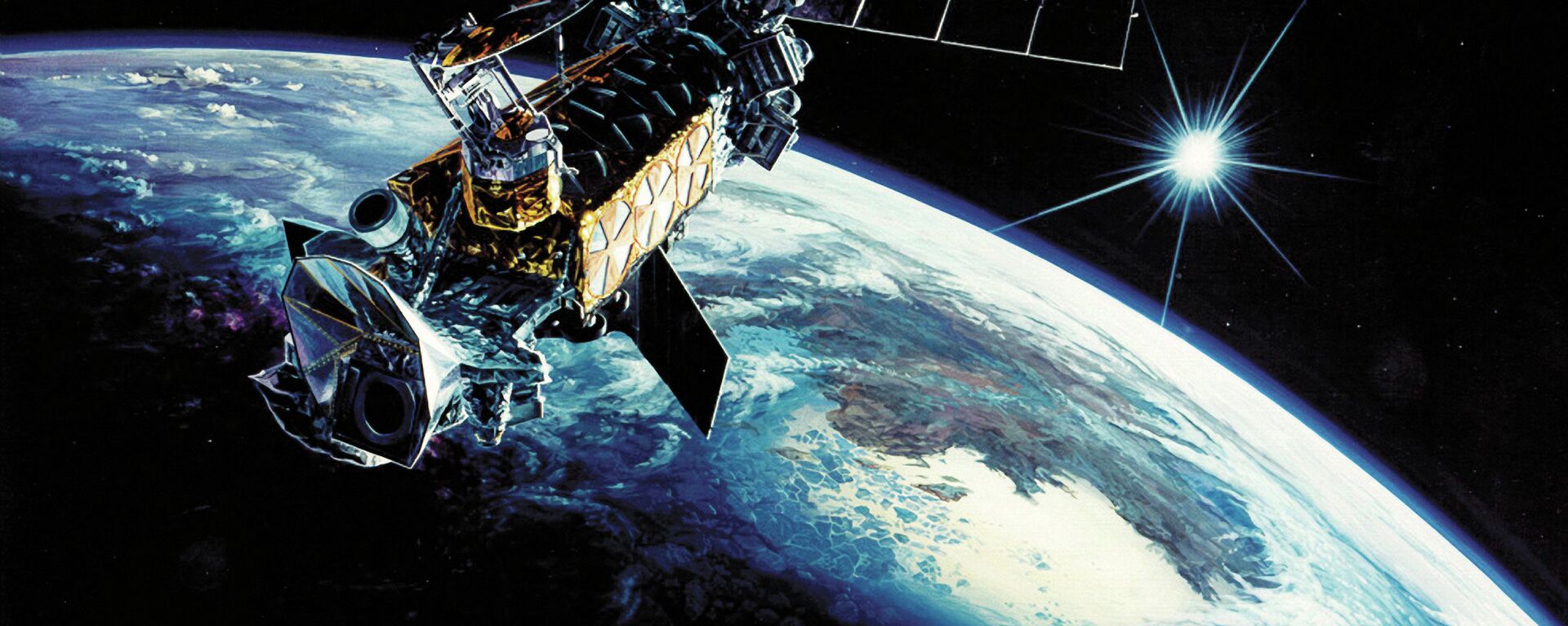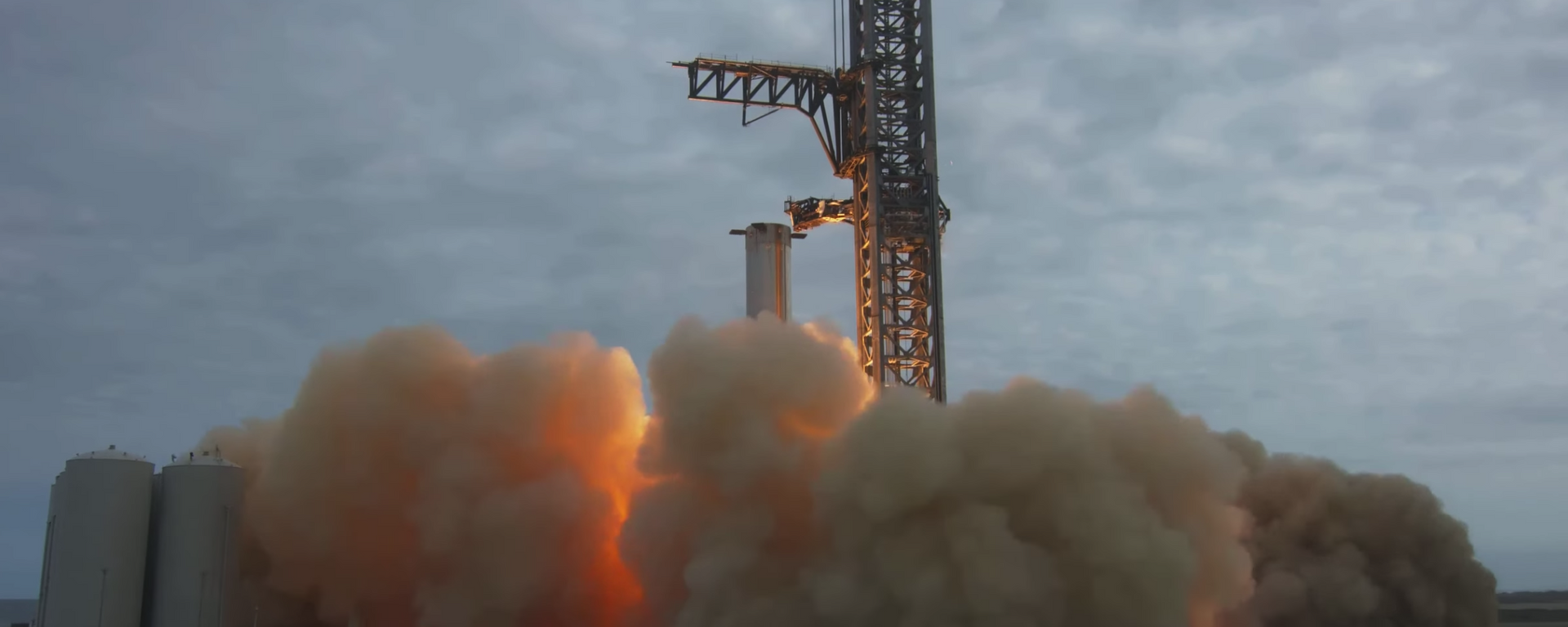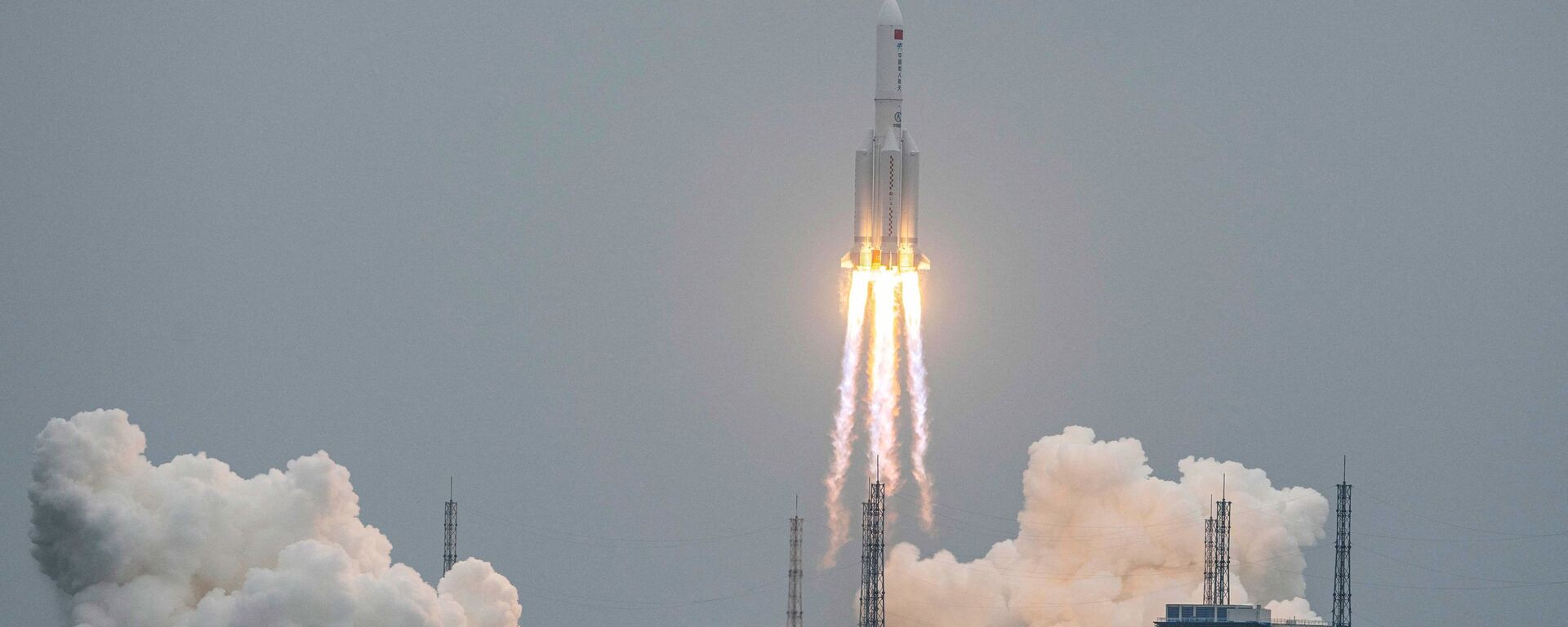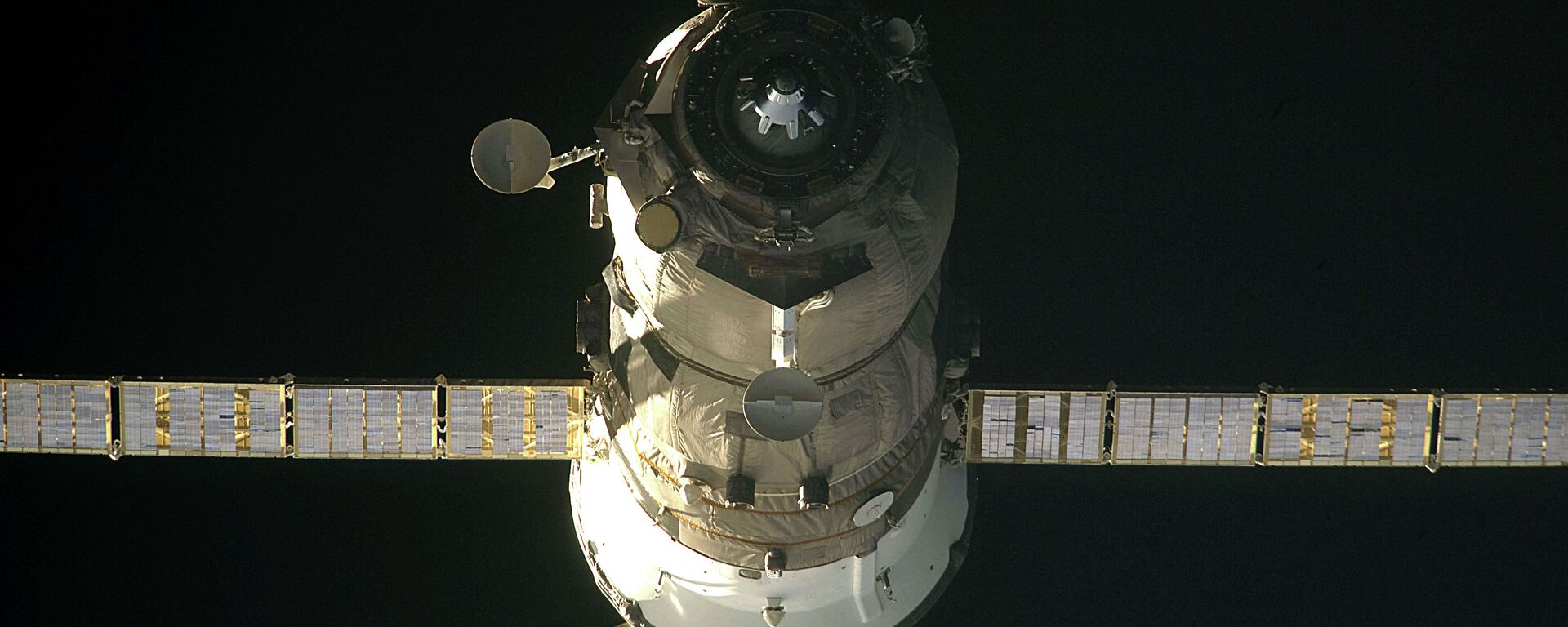https://sputnikglobe.com/20230608/us-new-spy-satellite-constellation-another-small-step-toward-militarization-of-space-1111012686.html
US' New Spy Satellite Constellation: Another Small Step Toward Militarization of Space
US' New Spy Satellite Constellation: Another Small Step Toward Militarization of Space
Sputnik International
Russian Academy of Sciences Space Research Institute senior researcher Nathan Eismont has outlined steps Moscow may take in response to US military plans to deploy a new constellation of spy satellites.
2023-06-08T19:15+0000
2023-06-08T19:15+0000
2023-06-08T19:45+0000
military
natan eismont
science & tech
china
russia
space force
air force space command
us
satellite
https://cdn1.img.sputnikglobe.com/img/07e5/04/1a/1082734134_0:107:2048:1259_1920x0_80_0_0_bd69515c292a27534b85c7712a26ff46.jpg
Space Force intends to place its new 'Silent Barker' satellite constellation in geosynchronous orbit above Earth this summer to assist a dense network of ground-based sensors monitoring adversaries’ activities in space. The classified "situational awareness" program started out as a collaboration between Air Force Space Command and the National Reconnaissance Office (NRO), a 'big five' intelligence agency subordinated to the Department of Defense.The constellation will provide the Pentagon with "capabilities to search, detect, and track objects from space for timely threat detection," according to the NRO.The grouping is also expected to "dramatically increase" Space Force's ability to track "adversary satellites" maneuvering around or near US craft, thus allowing the Pentagon to "really figure out" what’s going on in space with new precision.The development, which comes amid the controversial, openly stated US military plans to turn outer space as a "warfighting domain" despite Russian and Chinese efforts to rein in the militarization of space going back to 2008, is somewhat worrying but not unexpected, Eismont says.'Psychologically Unpleasant'"This is undoubtedly militarization, because the switch to tasks which stand apart from those demanded by science or the national economy are quite clearly visible here,” the veteran space physicist told Sputnik.Spy satellites are generally useful because they scratch a key itch major space powers have – namely that “if we want to be sure that we do not need to take any special measures, we must be aware of what is happening in space,” the scientist said.Recalling that the practice of using special radar-equipped satellites to monitor other satellites goes back to the 1960s and the very dawn of the space age, the researcher said the new spacecraft the Pentagon is hoping to place in orbit should in some sense be a return to capabilities it already had a decade ago.But it’s also a sign that trust between the space powers is dropping, Eismont noted. “If we’re talking about armed spacecraft, these are banned under existing agreements.”As for anti-satellite satellites systems – these have been researched by most spacefaring powers for decades, with the US, Russia, China and India known to have tested them, albeit very rarely and very carefully, to avoid creating even more space debris.How Will Russia and China Respond?For now, Eismont said, Russia and China’s priorities in responding to the US deployment should to be focused on maintaining parity with Washington.Whatever actions Moscow and Beijing end up taking, the academic doesn’t expect the response to be public. “Why reveal everything?” he asked. “What we’ll learn about all this is hard to say. Although of course the very knowledge that the opposing side has the same tools you do inevitably reduces the level of tension. We’ll see how things develop.”In 2008, Russia and China introduced the Proposed Prevention of an Arms Race in Outer Space (PAROS) Treaty, a comprehensive draft arms control agreement designed to ban the deployment of weaponry, anti-satellite craft and other space technology used for military purposes in outer space. Moscow and Beijing have repeatedly returned to the draft treaty in subsequent years as a jumping off point for negotiations with the US.However, successive administrations in Washington have rejected the treaty, characterizing it as a “diplomatic ploy” designed to allow Russia and China “to gain a military advantage” over the US. In 2017, the US Air Force Space Command formally characterized space as a “war-fighting domain just like the air, land, cyberspace and maritime.” In 2019, the Trump administration created Space Force as a separate branch of the US military, endowing it with a complement of 8,400+ personnel, 77 spacecraft and satellites, and a budget of over $26.3 billion in FY2023.
https://sputnikglobe.com/20230607/us-to-launch-new-network-of-spy-satellites-for-timely-threat-detection-1110971777.html
https://sputnikglobe.com/20230604/spacex-launches-another-22-starlink-satellites-into-orbit-1110906473.html
https://sputnikglobe.com/20230530/beijing-vows-to-put-taikonauts-on-moon-by-2030-1110802864.html
https://sputnikglobe.com/20230524/russias-progress-84-cargo-ship-blasts-off-for-iss-from-baikonur--1110552758.html
china
russia
Sputnik International
feedback@sputniknews.com
+74956456601
MIA „Rossiya Segodnya“
2023
News
en_EN
Sputnik International
feedback@sputniknews.com
+74956456601
MIA „Rossiya Segodnya“
Sputnik International
feedback@sputniknews.com
+74956456601
MIA „Rossiya Segodnya“
space, us satellite, spy, space spying, intelligence gathering, us space force, space force, russia, china, space-based weapons, anti-satellite satellites
space, us satellite, spy, space spying, intelligence gathering, us space force, space force, russia, china, space-based weapons, anti-satellite satellites
US' New Spy Satellite Constellation: Another Small Step Toward Militarization of Space
19:15 GMT 08.06.2023 (Updated: 19:45 GMT 08.06.2023) The US military is planning to deploy a new constellation of spy satellites, ostensibly to keep an eye on Chinese and Russian satellites with the capability to attack other spacecraft in orbit. Asked for comment, Russian Academy of Sciences Space Research Institute senior researcher Nathan Eismont outlined what steps Moscow may take in response.
Space Force intends to place its new 'Silent Barker' satellite constellation in geosynchronous orbit above Earth this summer to assist a dense network of ground-based sensors monitoring adversaries’ activities in space. The classified "situational awareness" program started out as a collaboration between Air Force Space Command and the National Reconnaissance Office (NRO), a 'big five' intelligence agency subordinated to the Department of Defense.
The constellation will provide the Pentagon with "capabilities to search, detect, and track objects from space for timely threat detection," according to the NRO.
The grouping is also expected to "dramatically increase" Space Force's ability to track "adversary satellites" maneuvering around or near US craft, thus allowing the Pentagon to "really figure out" what’s going on in space with new precision.
The development, which comes amid the controversial, openly stated US military plans to turn outer space as a
"warfighting domain" despite Russian and Chinese efforts to rein in the militarization of space going back to 2008, is somewhat worrying but not unexpected, Eismont says.
'Psychologically Unpleasant'
"This is undoubtedly militarization, because the switch to tasks which stand apart from those demanded by science or the national economy are quite clearly visible here,” the veteran space physicist told Sputnik.
"I can't say that this development carries real and catastrophic threats, but psychologically it is of course unpleasant, because in all these tasks related to outer space, there was until recently quite noticeable cooperation," Eismont said, pointing, for example to fruitful collaboration between Russia and the US on the crucial issue of the monitoring of space debris and garbage.
Spy satellites are generally useful because they scratch a key itch major space powers have – namely that “if we want to be sure that we do not need to take any special measures, we must be aware of what is happening in space,” the scientist said.
"If we're talking about radio emissions, one can try to evaluate the capabilities the other side has to emit powerful pulses that can suppress some important devices in space. Or one can simply extract or intercept information. As for other tasks, here we move on to the range of problems associated with activities on Earth," Eismont explained, pointing, for example, to the Russia-NATO proxy war in Ukraine and the use of satellite-guided drones, and the use of ground-based systems to suppress signals from outer space.
Recalling that the practice of using special radar-equipped satellites to monitor other satellites goes back to the 1960s and the very dawn of the space age, the researcher said the new spacecraft the Pentagon is hoping to place in orbit should in some sense be a return to capabilities it already had a decade ago.
But it’s also a sign that trust between the space powers is dropping, Eismont noted. “If we’re talking about armed spacecraft, these are banned under existing agreements.”
As for anti-satellite satellites systems – these have been researched by most spacefaring powers for decades, with the US, Russia, China and India known to have tested them, albeit very rarely and very carefully, to avoid creating even more space debris.
How Will Russia and China Respond?
For now, Eismont said, Russia and China’s priorities in responding to the US deployment should to be focused on maintaining parity with Washington.
Whatever actions Moscow and Beijing end up taking, the academic doesn’t expect the response to be public. “Why reveal everything?” he asked. “What we’ll learn about all this is hard to say. Although of course the very knowledge that the opposing side has the same tools you do inevitably reduces the level of tension. We’ll see how things develop.”
"Space belongs to everyone, not just the Americans," Eismont stressed. "But unfortunately, there have been no steps taken by countries involved in space activities when it comes to resolving potential mutually unpleasant consequences."
In 2008, Russia and China
introduced the Proposed Prevention of an Arms Race in Outer Space (PAROS) Treaty, a comprehensive draft arms control agreement designed to ban the deployment of weaponry, anti-satellite craft and other space technology used for military purposes in outer space. Moscow and Beijing have repeatedly returned to the draft treaty in subsequent years as a jumping off point for negotiations with the US.
However, successive administrations in Washington have rejected the treaty, characterizing it as a “diplomatic ploy” designed to allow Russia and China “to gain a military advantage” over the US. In 2017, the US Air Force Space Command formally characterized space as a “war-fighting domain just like the air, land, cyberspace and maritime.” In 2019, the Trump administration created Space Force as a separate branch of the US military, endowing it with a complement of 8,400+ personnel, 77 spacecraft and satellites, and a budget of over $26.3 billion in FY2023.
